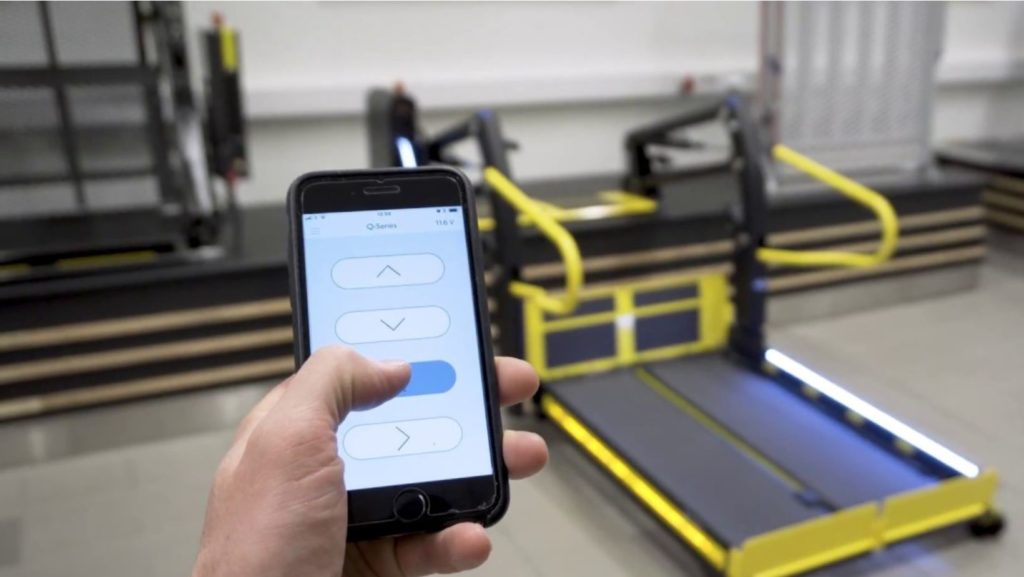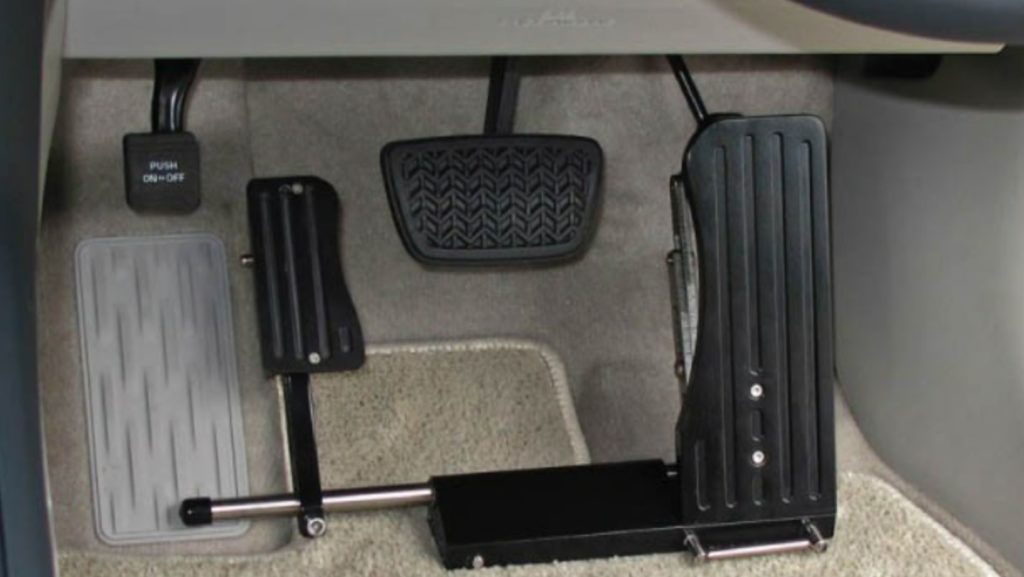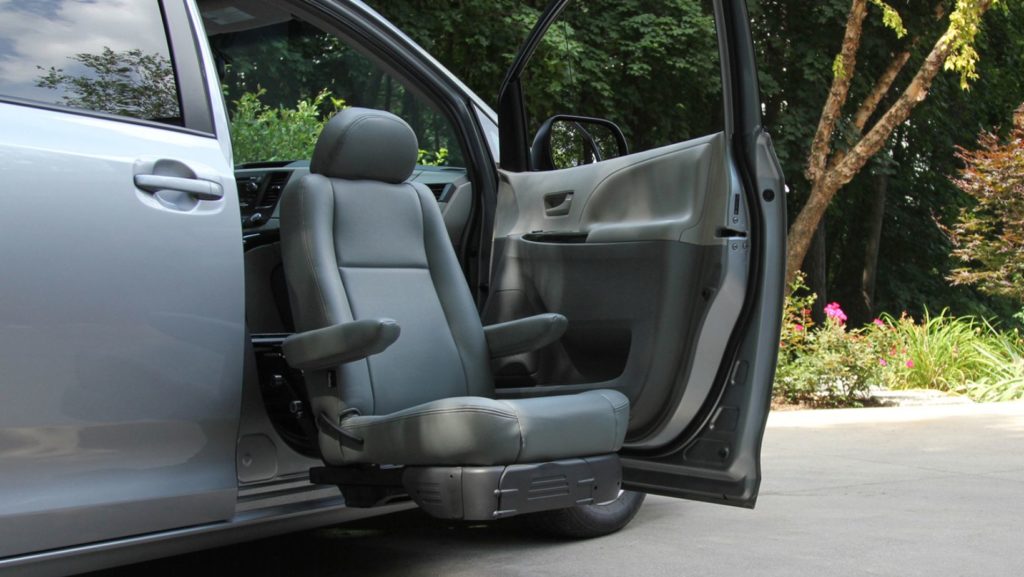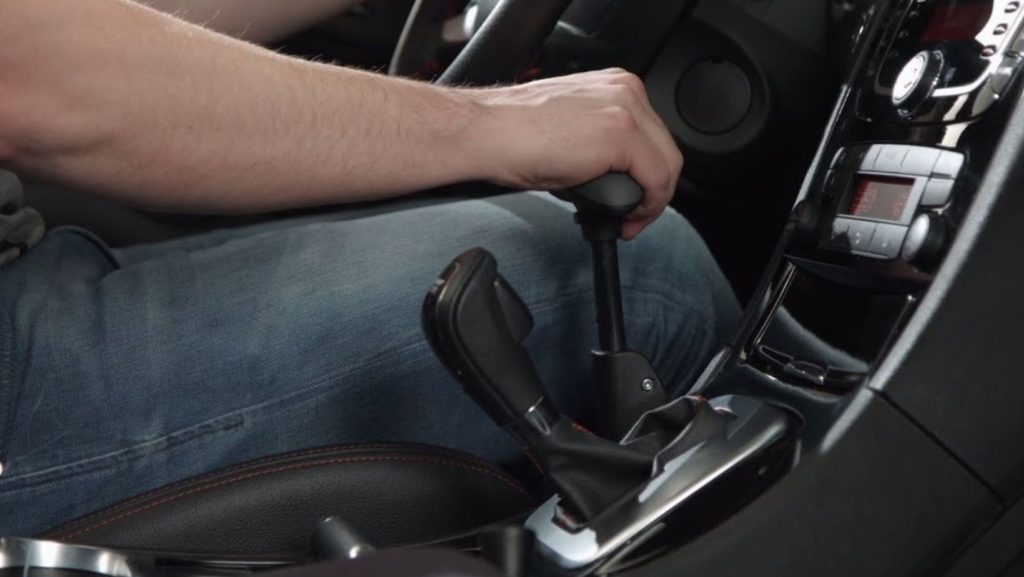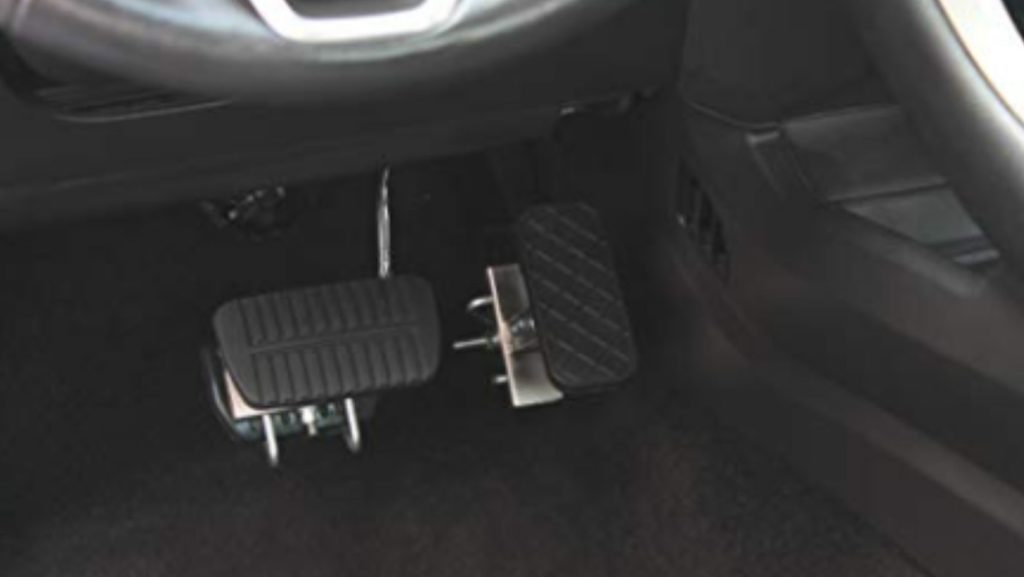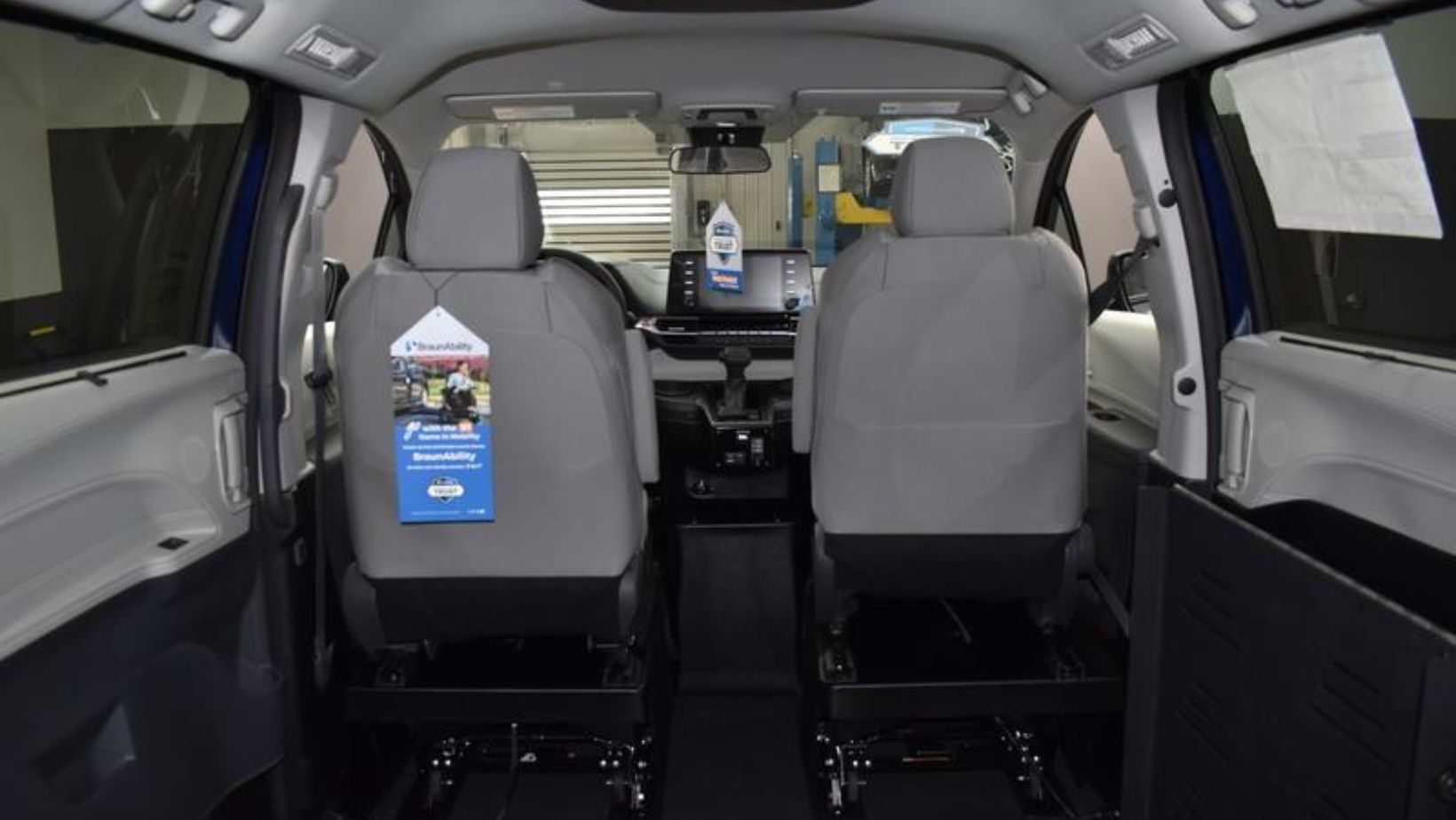
COMPLETE GUIDE TO HANDICAP VEHICLE MODIFICATIONS
Living with a disability comes with a range of mobility limitations and challenges. It often makes driving difficult or impossible. However, vehicle modifications for disabled drivers can help you regain the freedom of driving again. There are several options for transforming your vehicle into one that’s handicap-accessible and allows for comfortable travel for people with disabilities.
Please note, to use any type of vehicle modification you must get a prescription from a Certified Driver Rehabilitation Specialist in accordance with your state laws.
TYPES OF HANDICAP MODIFICATIONS FOR VEHICLES
Some of the best handicap modifications for cars include:
Remote-Operated Wheelchair Lifts
This lift allows you to hoist and store your wheelchair in a wheelchair compartment atop your SUV or in the back of a trunk. With remote controls, you can create a fully autonomous experience for a disabled user. Once the lift has lowered the wheelchair, all you need to do is transfer.
Automatic Doors
You can modify car doors to open and close automatically with a button. You can also program the doors to open or close with a wheelchair ramp. Some modified vehicles have a dropped floor to allow convenient on and off-boarding, while others may have a raised roof to accommodate a wheelchair for drivers using mobility devices. With the ability to open and close doors with the push of a button, wheelchair users won’t have to struggle with the door during entry or exit.
Seat Modifications - Transfer Seats and Turny Seats
There are a wide range of seat modifications. For example, you can install a seat to assist in entering, exiting, or transferring to and from your vehicle. The seat lets you lower to your preferred height and it rotates. Transfer seats ensure safety, balance, stability, and optimal positioning while driving or riding.
Steering Devices
Steering devices are useful for people with one arm or limited mobility, such as lessened grip or strength in the upper body area. There are a wide range of hand controls, like amputee rings, V-grips, tri-pins, cuffs, quad forks, palm grips, spinner knobs, and even floor-mounted steering. The types of steering aids you use will depend on the extent of your mobility.
Hand Controls for Braking and Acceleration
Hand controls are helpful when the vehicle driver is disabled or has limited mobility. Instead of using foot pedals, the driver uses these effortless controls to operate the car. The controls come in the form of buttons, knobs, and levers, and help in functions like using brakes, indicators, wipers, lights, accelerators, and horns. The controls are detachable, and can be installed whenever the driver needs them.
BEST CARS FOR HANDICAP MODIFICATIONS
As someone with limited mobility, there are several things you need to consider when buying a vehicle. Some of them include:
- The modifications you need to do
- Your height
- Your mobility
- Your ability to enter and exit the vehicle
- Whether you need a transfer seat
The Rehabilitation Engineering and Assistive Technology Society of North America (RESNA) has resources to help you select an appropriate vehicle for you.
The best vehicles should require few modifications. Here are some ideal options for people with disabilities:
HONDA ODYSSEY
The Honda Odyssey allows different conversion options. It is spacious, which lets you choose your preferred modification; side and rear entries. Its doors are wide, so you can easily load your wheelchair inside. It is also low-lying, allowing easy use with ramps.
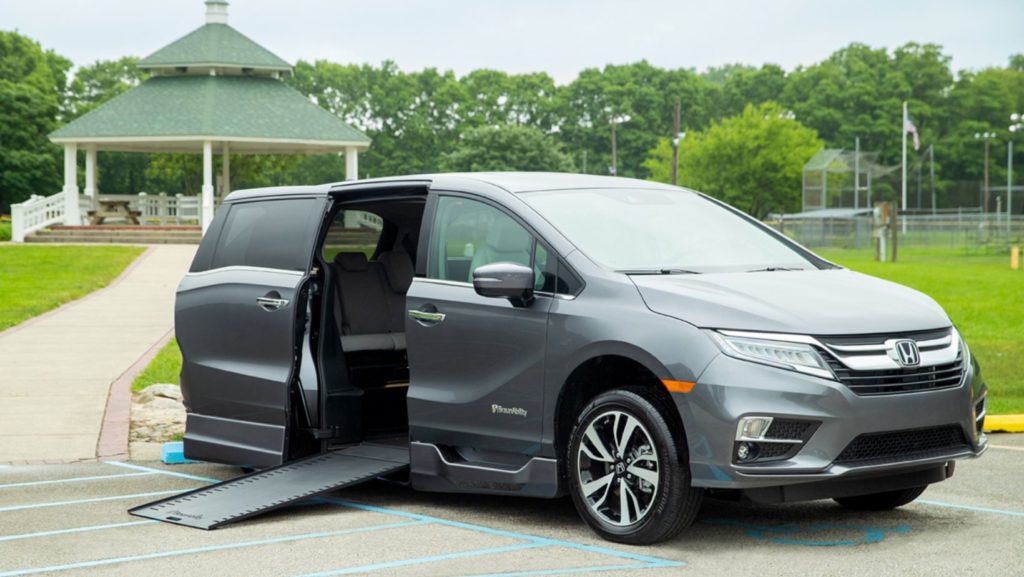
HYUNDAI SONATA
The Hyundai Sonata is easy to modify to meet several needs of a disabled person. It is a mid-size model and is easily accessible due to its low height. It also has supportive seats that provide a comfortable driving position.
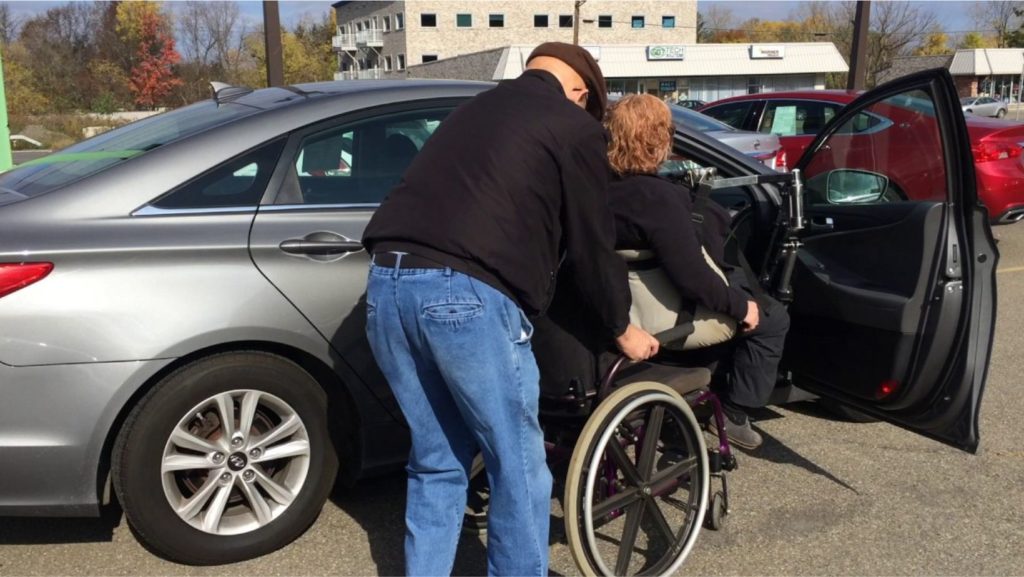
MINIVANS
Nearly all minivans are easy to load in a wheelchair due to their spacious nature. You can also store medical equipment inside, such as oxygen tanks. The doors are easily fitted with automatic doors, making them easy to board.
KIA SOUL
The Kia Soul is a great SUV with keyless ignition, a touchscreen display and voiceless commands via Google Assistant, and a wireless charging system that allows you to charge your phone without any physical connections. It is smaller, though, so it is ideal for smaller body sizes.

VOLKSWAGEN GOLF
The 2020 Volkswagen Golf has several driver assistance features, including front assist and rear traffic alert. It has a spacious trunk where you can store your wheelchair and adjustable seats to choose your ideal sitting position. The car lets you perform some actions remotely, such as using the lights, locking and unlocking doors, and starting the engine.
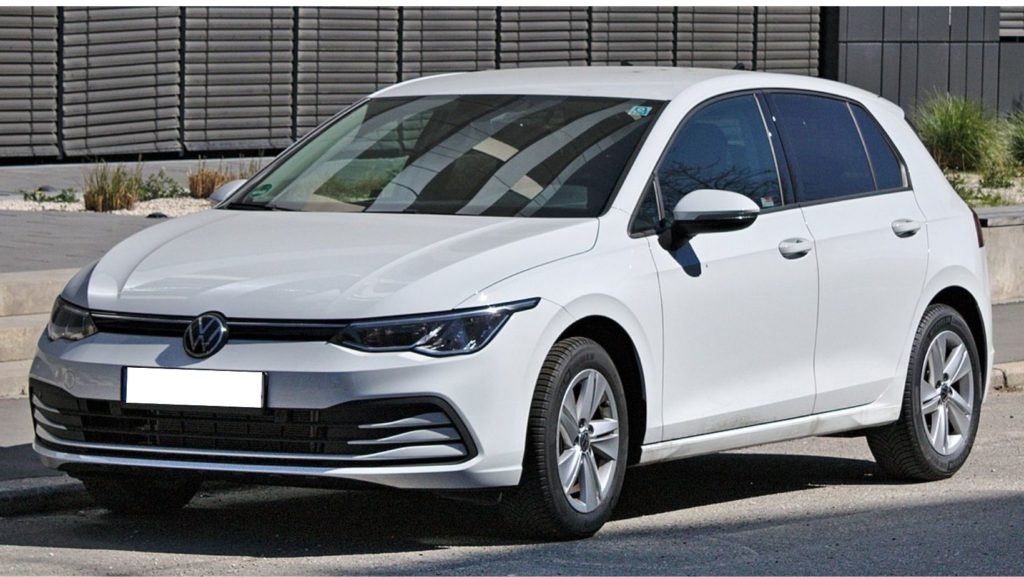

STEPS TO SELECTING THE CORRECT CAR MODIFICATIONS
The process for finding, installing and training for car modifications is:
- Talk to a Certified Driver Rehabilitation Specialist (CDRS). The Association for Driver Rehabilitation Specialists (ADED) is the organization that tests and educates people for the certification. They will evaluate your mobility needs and provide you a prescription for the products you need.
- Visit a mobility service provider, like Clock Mobility, who can order the products you need and install them.
- The mobility service provider will work with the CDRS to ensure the products are installed correctly to their specifications.
- The CDRS will teach you proper use of the new equipment and provide a document for you to get an endorsement on your driver’s license.
INSURANCE FOR HANDICAP VEHICLE MODIFICATIONS
The Americans with Disabilities Act (ADA) ensures that insurance companies cannot exploit clients just because they are disabled. Having modifications on your vehicle will not impact your insurance costs, but the cost to replace those modifications might increase your insurance cost. The legislation ensures that the insurance companies do not deny people with disability coverage on the grounds of disability. Some of the disabilities covered under the Act are:
- Wheelchair use
- Mental health disorders
- Neurological illnesses
- Vision impairment
- Hearing impairment
- Stroke
- Epilepsy
- Cerebral Palsy
- Amputation
Your insurance company may require you to produce your driving license to check the disability designation.
Some factors that may affect your car insurance coverage are:
- Severe medical conditions such as dementia or heart conditions
- Temporary medical conditions like after-surgery complications
- Limited vision
When looking to insure your vehicle, the insurance cost may be higher due to the additional replacement cost of the driving aids installed in your vehicle. Additionally, each state has unique laws on how car insurance for disabilities works within its jurisdiction.
Although an insurance company won’t charge you more because of a disability, they can and will charge more to insure vehicle modifications. If you don’t pay for the insurance of the installed devices, then in case of an accident, the insurance company will not compensate you for the loss or damage of the modifications.
The reason for the additional costs is that the cost of repairing the modification is usually higher than for standard parts.
Disclosing the modifications to your insurance company is crucial since once you install the modifications, you increase the vehicle’s value. The insurer will add the coverage for modification to the usual comprehensive insurance of your car.
Mobility car insurance coverage will reimburse the cost of transportation when your car is under repair from an incident.
CHOOSING HANDICAP AUTO MODIFICATIONS WITH CLOCK MOBILITY
If you are disabled or have limited mobility, modifying your vehicle can help you regain driving or riding independence and comfort. Clock Mobility can help you choose and modify a handicapped car for you or a loved one. We can also educate you on its use and maintenance so that you travel comfortably and safely.

